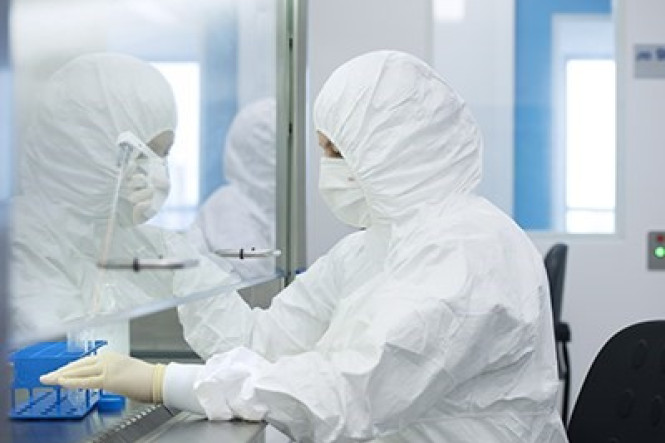The treated patient is a baby of only a few months old who suffers from SCID. Due to a DNA error in blood stem cells, SCID patients do not produce immune cells and the body cannot defend itself against infections. Stem cell gene therapy can repair this error. "The corrected stem cells grew into a functioning immune system in the patient's body," says Arjan Lankester, Professor of Pediatrics and Stem Cell Transplantation. "The baby has endured the treatment without any problems and their immune system responds well to the usual vaccinations for newborns. A fantastic result."
Wheelbarrow
Three months after birth, stem cells were taken from the patient. Subsequently, a good copy of the gene, in this case the RAG1 gene, was inserted into the DNA of these cells. "For this we use a crippled virus," explains Frank Staal, Professor of Stem Cell Biology. "We only use the property of the virus to build its own genome in the DNA of its host, but remove all other properties. The virus is therefore just the wheelbarrow that brings the gene to the right place." Repaired cells were then transferred back into the patient, who was allowed to leave the hospital within a month. Staal and Lankester expect the patient will be cured for life with this complex, but one-time treatment.
This important achievement has not gone unnoticed in the various media. See for example in this link a report of the TV broadcast of the 'Eenvandaag' program.
